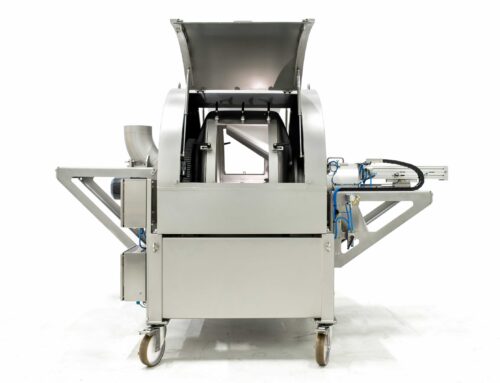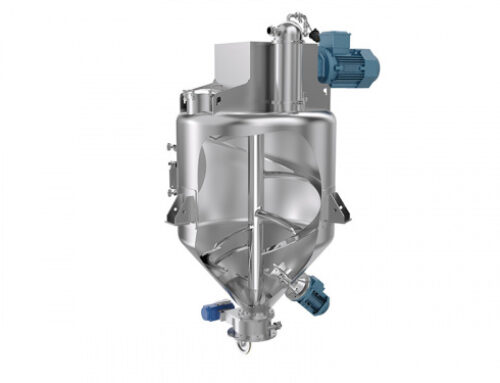Stanford material engineers have pioneered a method to 3D print tens of thousands of previously hard-to-manufacture nanoparticles. This innovation could lead to materials that can rapidly change their form.
The shape of nanoparticles is crucial in determining the physical properties of the materials they compose. “A crystal made of nano-ball bearings will differ from one made of nano-dice, resulting in unique physical properties,” explained Wendy Gu, an assistant professor of mechanical engineering at Stanford, in her recent paper published in Nature Communications. “We’ve used 3D nanoprinting to create Archimedean truncated tetrahedrons, micron-scale tetrahedrons with their tips cut off.”
Gu and her team described how they nanoprinted these challenging nanoparticles, mixed them into a solution, and observed as they self-assembled into promising crystal structures. These materials can shift between states in minutes by rearranging the particles into new geometric patterns, a process known as “phase shifting.” This is similar to how atomic rearrangement can turn iron into tempered steel or how materials enable data storage in digital form.
“If we can control these phase shifts in materials made of Archimedean truncated tetrahedrons, it could lead to significant engineering advancements,” Gu said.
Archimedean truncated tetrahedrons (ATTs) have been highly sought after for their potential to create phase-changing materials but were difficult to fabricate until recently. While Gu’s team is not the first to produce these nanoparticles, they are among the first to use 3D nanoprinting to achieve it. “With 3D nanoprinting, we can precisely control particle shape,” Gu said. “This shape has been predicted by simulations to form valuable structures with interesting properties.”
ATTs can form two desirable geometric structures. The first is a hexagonal pattern where the tetrahedrons rest flat with their truncated tips pointing upward. The second, a crystalline quasi-diamond structure, features alternating upward- and downward-facing tetrahedrons, akin to eggs in a carton. This diamond arrangement is considered highly valuable in the photonics community and could lead to new scientific discoveries.
Most importantly, materials made from 3D printed particles can be rapidly rearranged, easily switching between phases with the application of a magnetic field, electric current, heat, or other methods. This could lead to innovations such as solar panel coatings that change throughout the day to maximize efficiency, hydrophobic films for airplane wings and windows to prevent fogging or icing, and new types of computer memory.
Gu’s latest research focuses on making these particles magnetic to further control their behavior. “The possibilities are only beginning to be explored,” she said.
Reference: “Direct observation of phase transitions in truncated tetrahedral microparticles under quasi-2D confinement” by David Doan, John Kulikowski, and X. Wendy Gu, 25 March 2024, Nature Communications. DOI: 10.1038/s41467-024-46230-x




